You are browsing the full text of the article: The Art World in 1937
| Art Review A Survey of British Art In All Its Branches 1937 1937 Page: 5 | ||||||||||||||||||||||||||||||||
| The Art World in 1937 | ||||||||||||||||||||||||||||||||
|
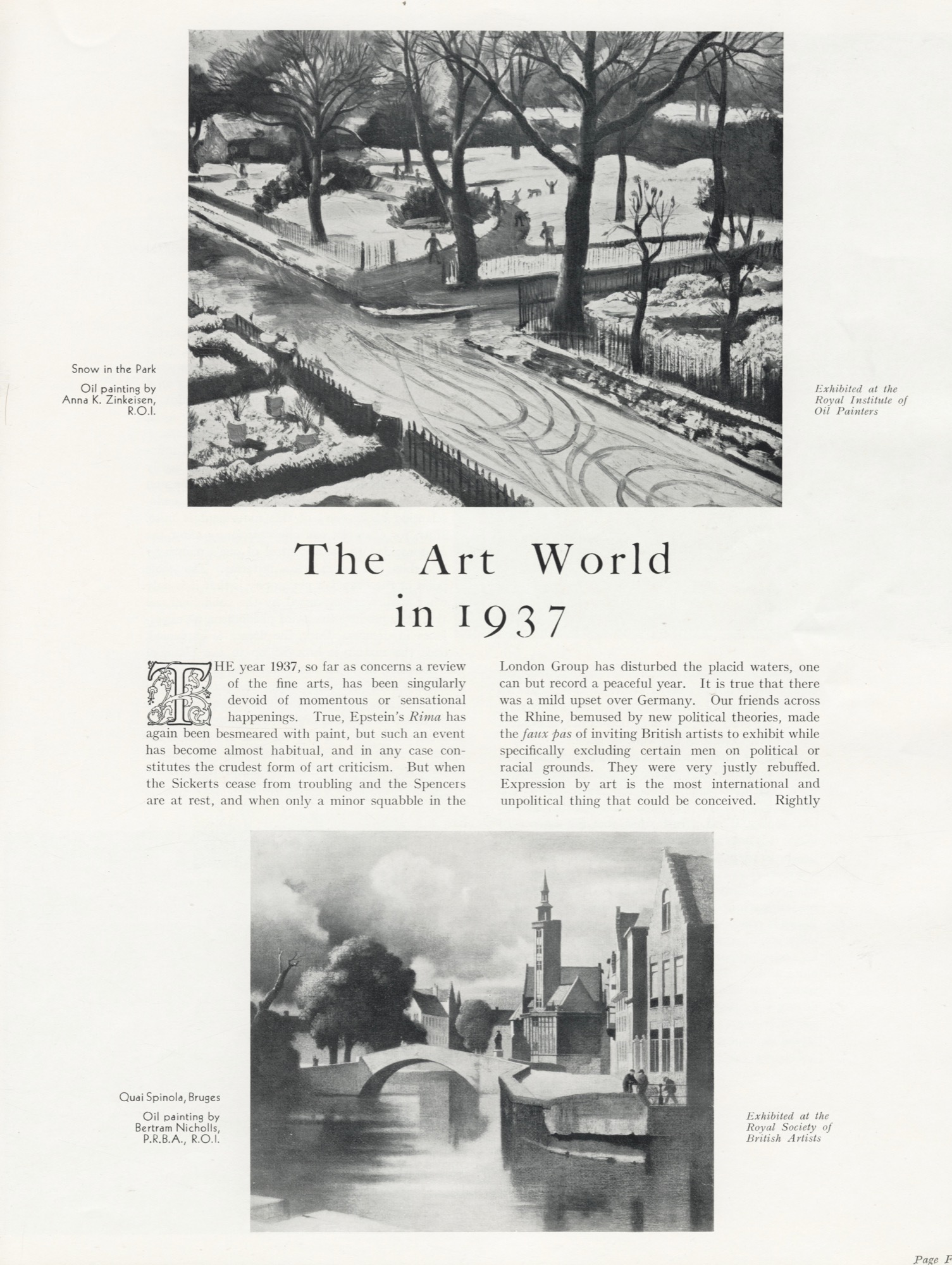
|
|
||||||||||||||||||||||||||||||
| Art Review A Survey of British Art In All Its Branches 1937 1937 Page: 6 | ||||||||||||||||||||||||||||||||
| The Art World in 1937 | ||||||||||||||||||||||||||||||||
|
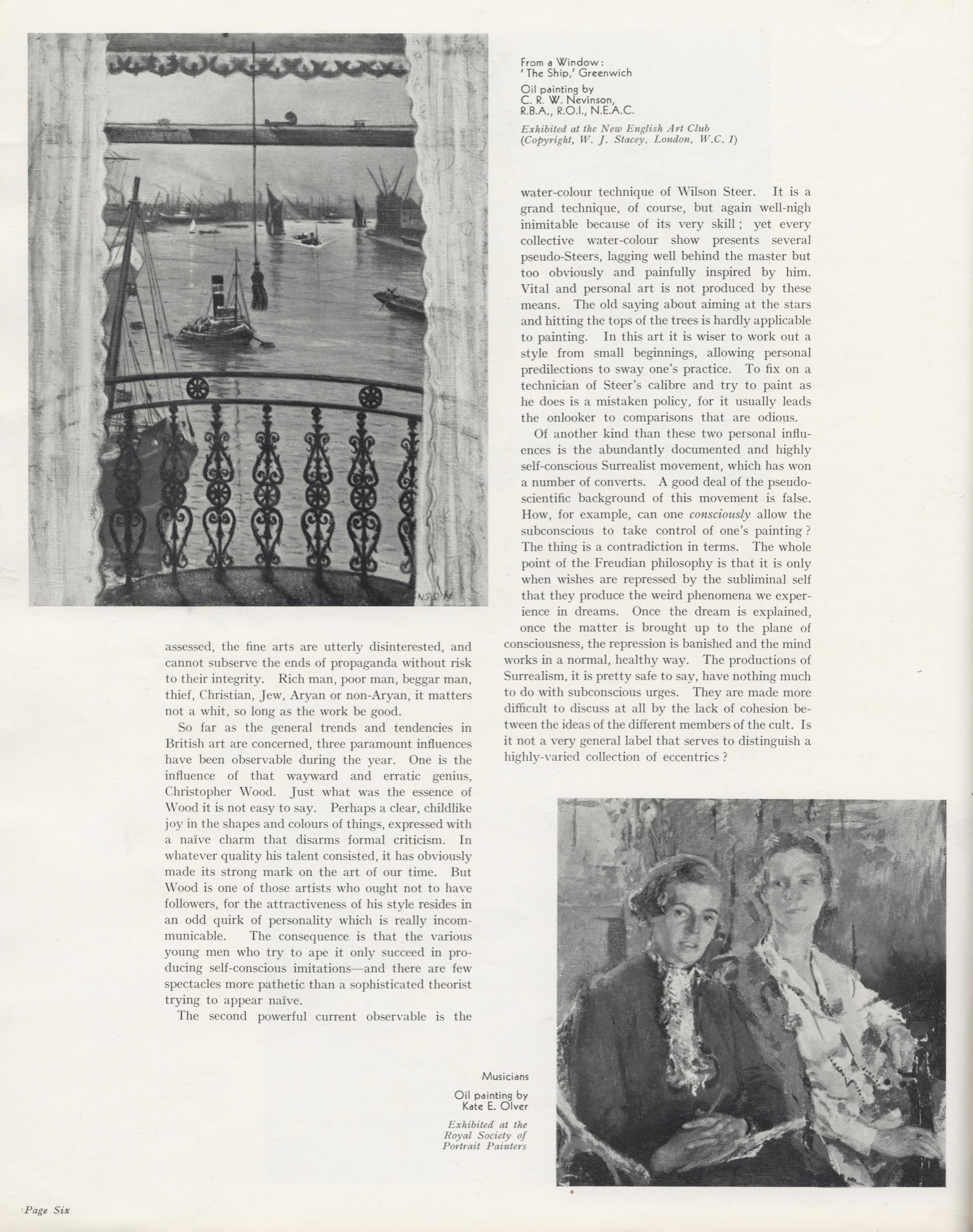
|
|
||||||||||||||||||||||||||||||
| Art Review A Survey of British Art In All Its Branches 1937 1937 Page: 7 | ||||||||||||||||||||||||||||||||
| The Art World in 1937 | ||||||||||||||||||||||||||||||||
|
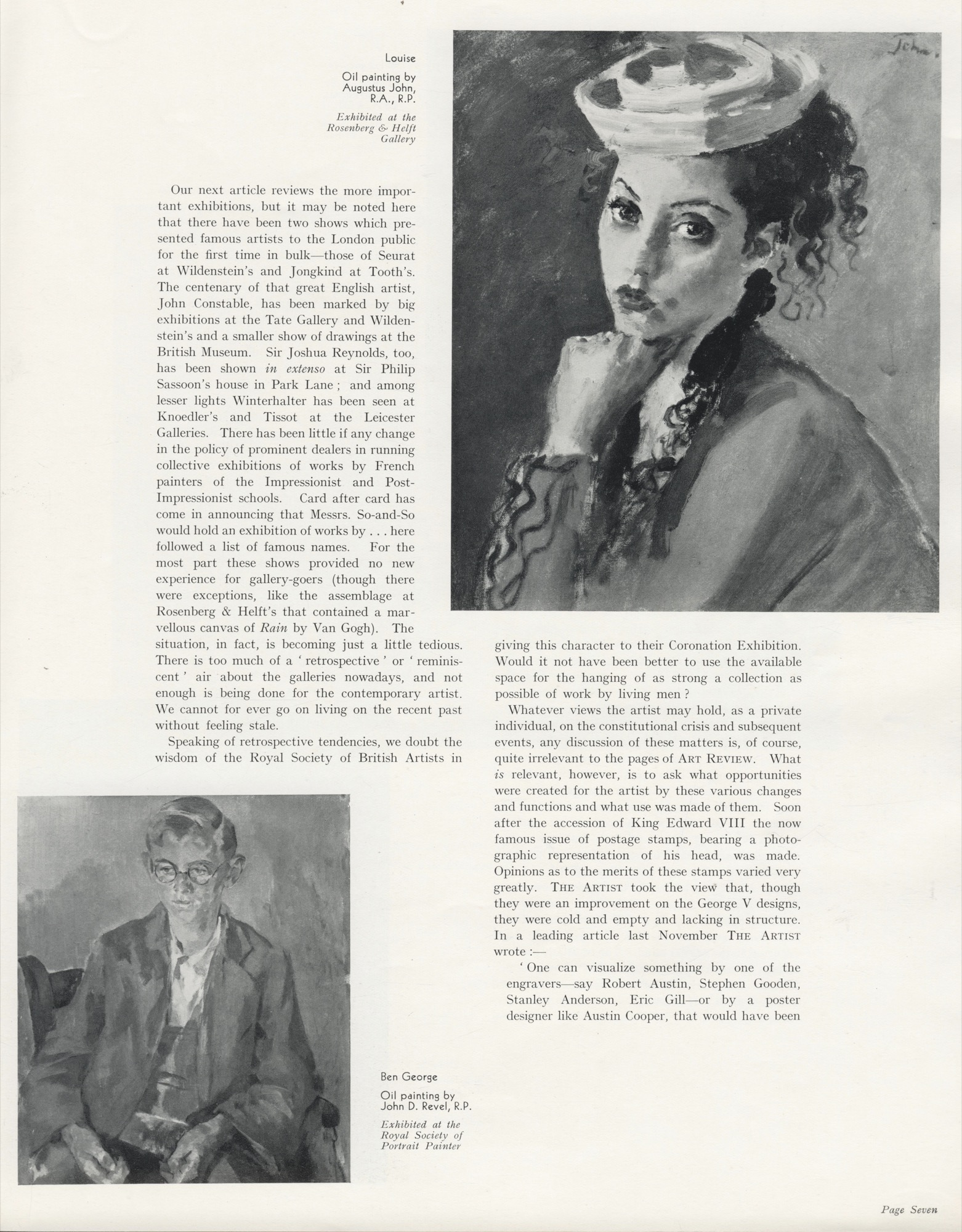
|
|
||||||||||||||||||||||||||||||
| Art Review A Survey of British Art In All Its Branches 1937 1937 Page: 9 | |||||||||||||||||||||||||||||
| The Art World in 1937 | |||||||||||||||||||||||||||||
|
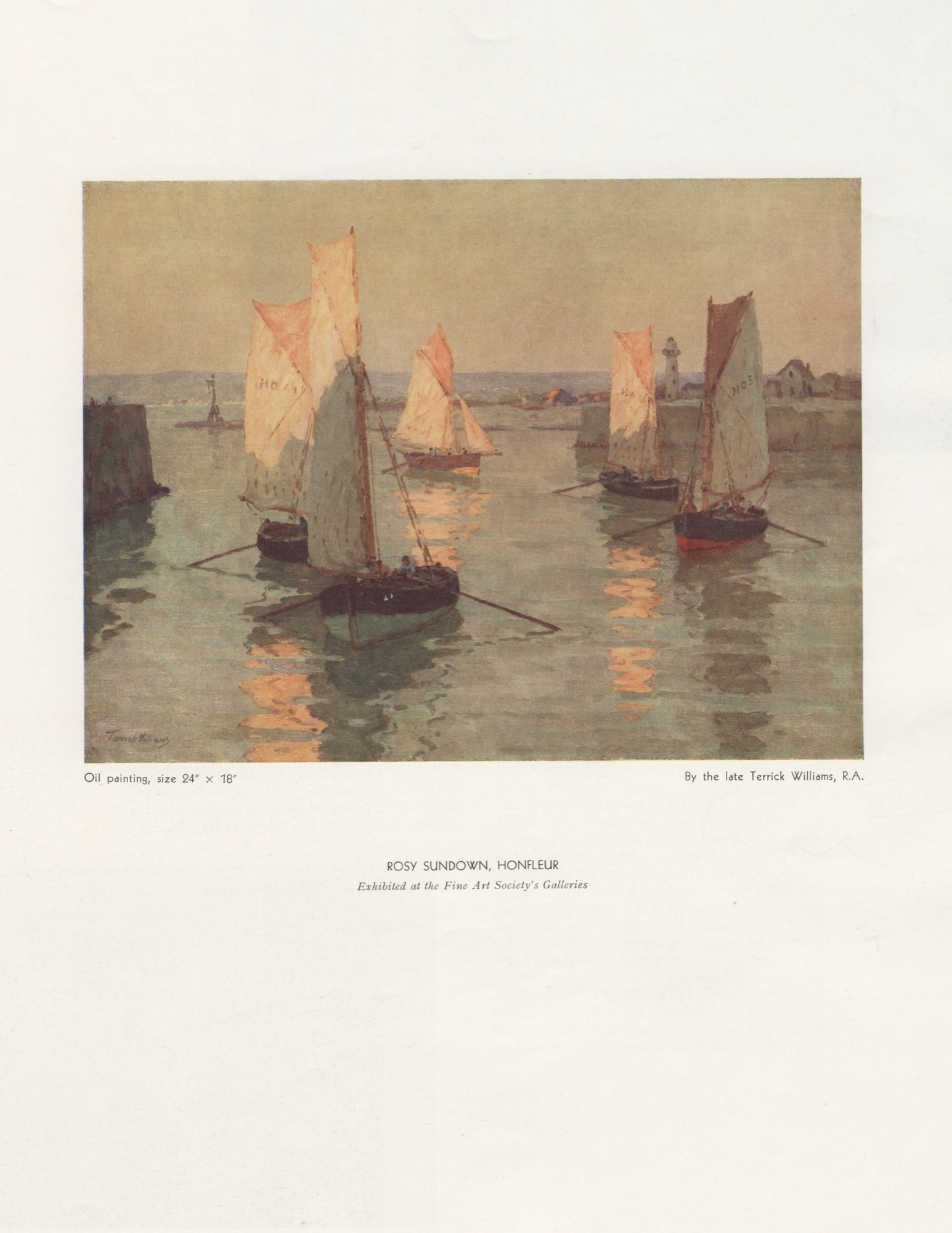
|
|
|||||||||||||||||||||||||||
| Art Review A Survey of British Art In All Its Branches 1937 1937 Page: 10 | ||||||||||||||||||||||||||||||||
| The Art World in 1937 | ||||||||||||||||||||||||||||||||
|
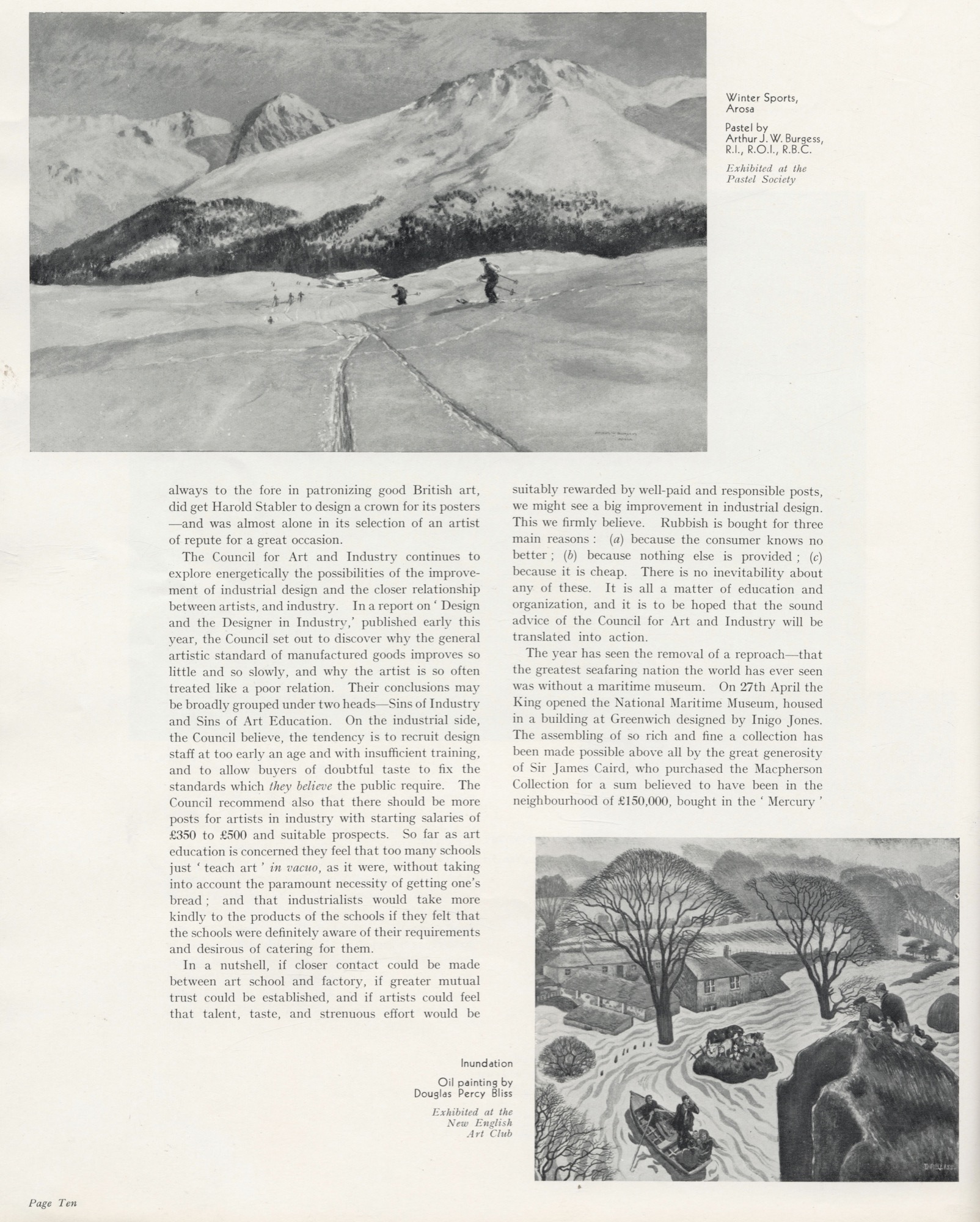
|
|
||||||||||||||||||||||||||||||
| Art Review A Survey of British Art In All Its Branches 1937 1937 Page: 11 | ||||||||||||||||||||||||||||||||
| The Art World in 1937 | ||||||||||||||||||||||||||||||||
|
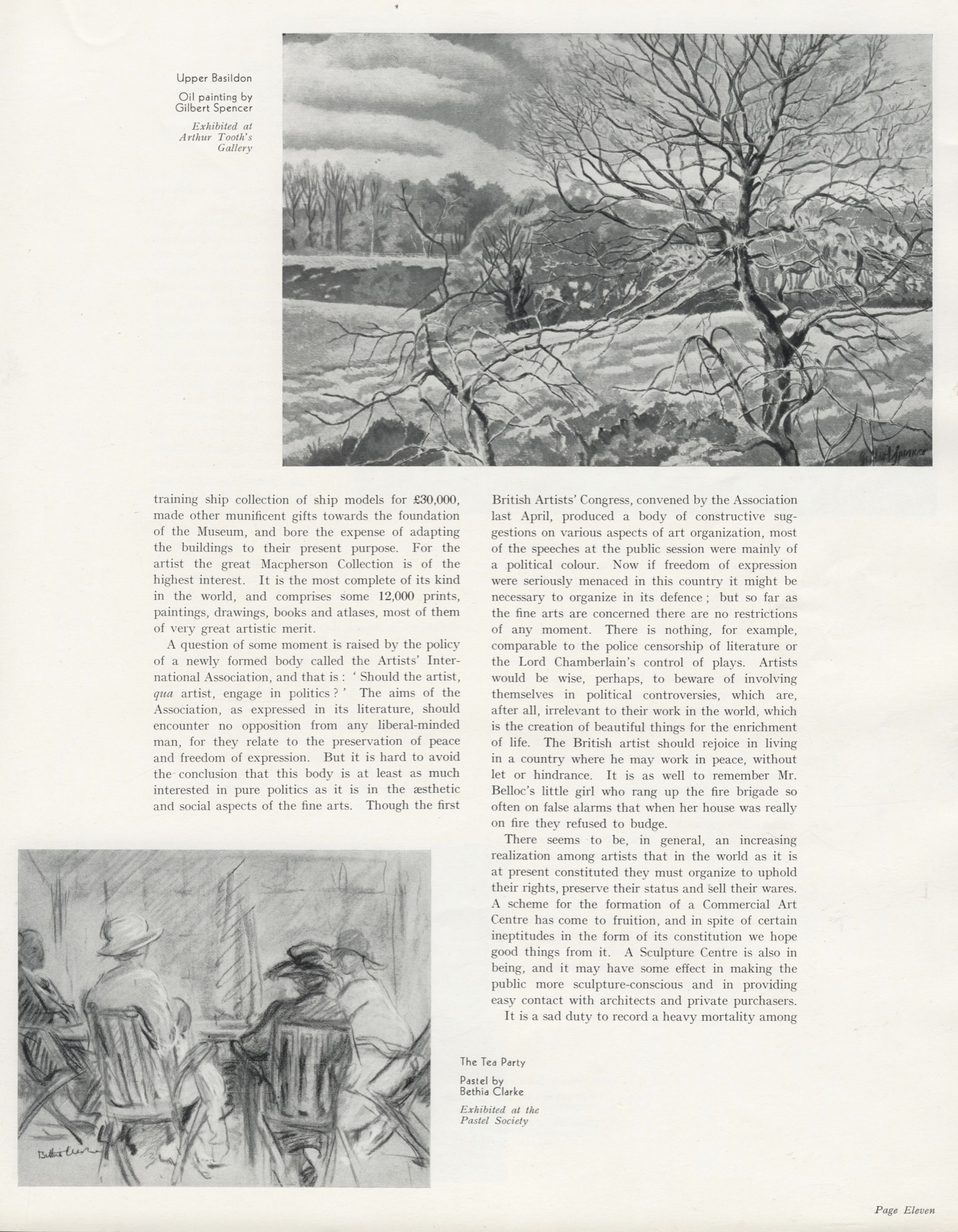
|
|
||||||||||||||||||||||||||||||
| Art Review A Survey of British Art In All Its Branches 1937 1937 Page: 12 | ||||||||||||||||||||||||||||||||
| The Art World in 1937 | ||||||||||||||||||||||||||||||||
|
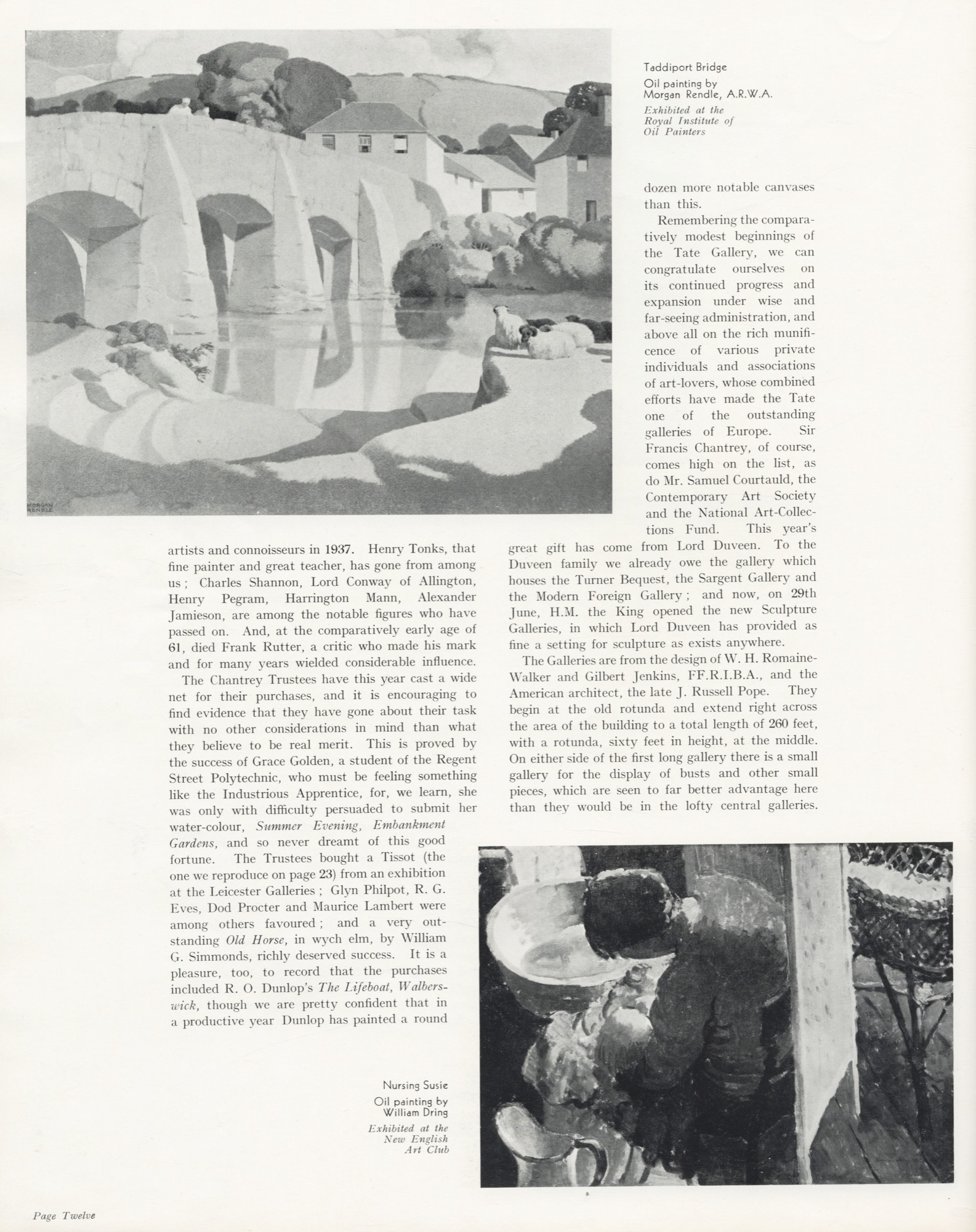
|
|
||||||||||||||||||||||||||||||
| Art Review A Survey of British Art In All Its Branches 1937 1937 Page: 13 | ||||||||||||||||||||||||||||||||
| The Art World in 1937 | ||||||||||||||||||||||||||||||||
|
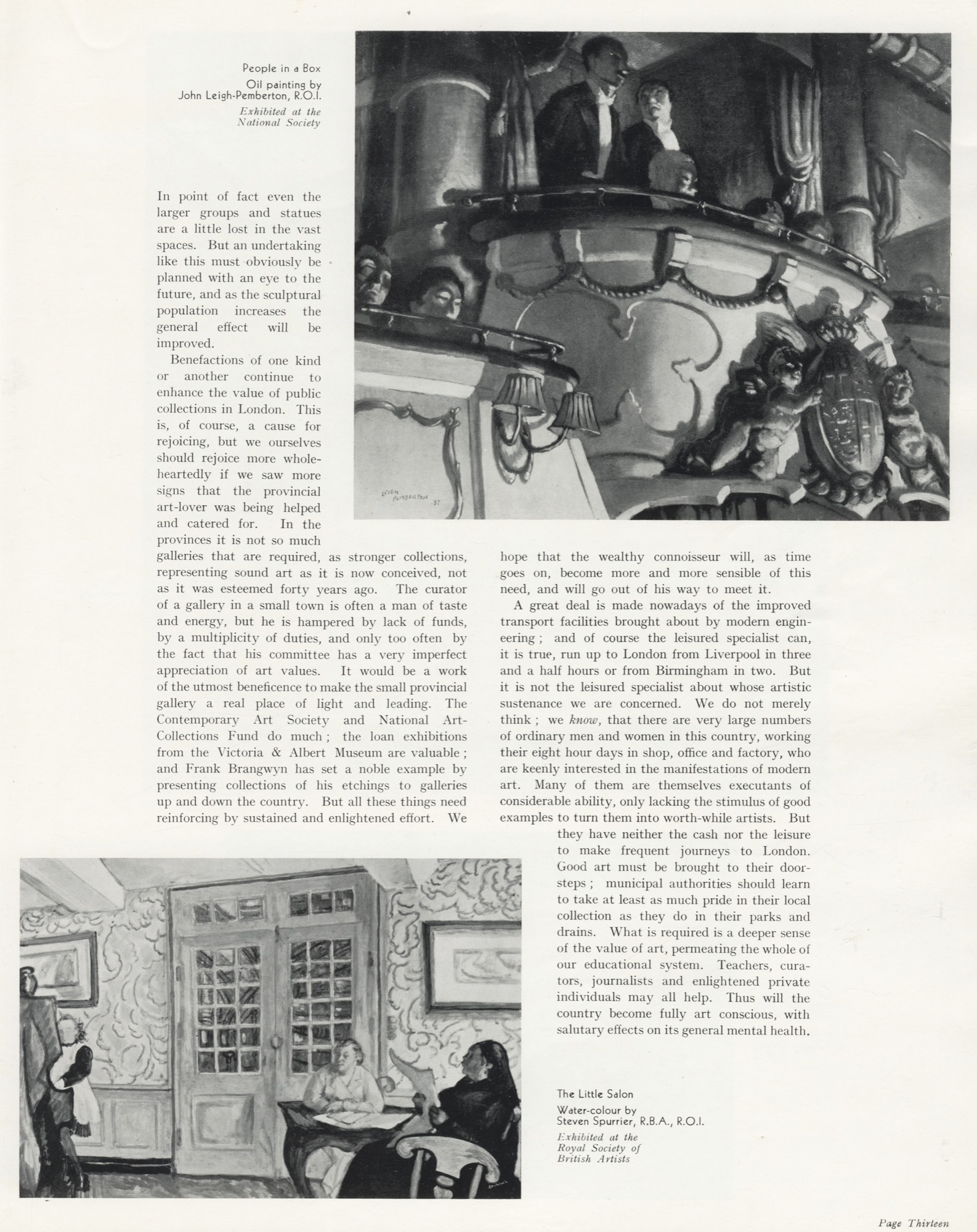
|
|
||||||||||||||||||||||||||||||







